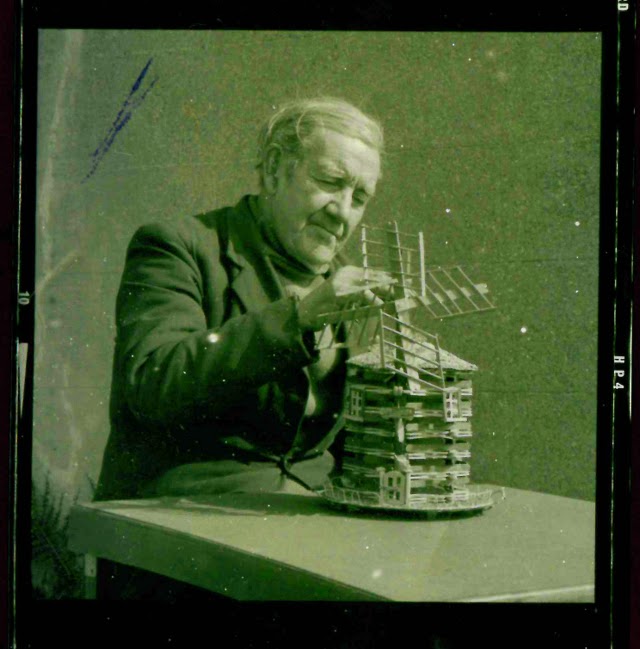Yesterday I drove down to Clones to do some more detective work on the story of my great-great-grandparents, Catherine Boyle and Alexander Bryans. I know a little about the later parts of their lives, but I was keen to see more clearly the background to their early lives.
Clones is set prettily in the soft Monaghan countryside, rising up towards its own church spires, with steep, ancient streets. It's easy to imagine how it might have looked in 1841, when Catherine was born to a family who ran a shop on Fermanagh Street, the main trading street.
Catherine's father, Robert, from an established Clones family, was a butter merchant - perhaps beside the Buttermarket at the foot of the hill. Times must have been hard - the Irish Famine was at its height during Catherine's childhood, and Robert and his wife Rebecca had seven children to feed and clothe.
An interesting side note for me was the arrival in Clones in 1847 of Cassandra Hand, the new rector's wife. Cassandra, appalled and moved by the poverty of the town, took the enterprising step of training local women in lacemaking and selling their distinctive crochet items as a very successful famine relief project. Some of the family lace I currently have may well be from this time, and it's very possible that Catherine and her sisters Jane and Sophia might have been lace crocheters.
Alexander - he's more elusive. I haven't yet been able to find any trace of him before 1860, when he and Catherine married, both aged nineteen. I like to imagine him as a handsome stranger arrived in town... He was a house painter, and within a few years had also established a business on Fermanagh Street, probably living in the rooms above the shop.
Baby Anne was born a year after their marriage, followed by Isabella, William (my great-grandfather), George, Alexander and Richard. George died as a baby and I've found no further traces yet of Anne and Richard. It's possible that more than one tragedy marked these years in Clones.
By 1880, the family was gone. They moved to Belfast, probably in search of work, living at various addresses in the Crumlin Road area and attending Carlisle Memorial Methodist Church.
During my two-hour drive home I imagined what a huge journey this must have been for them. They left a small county town, where they must have been known to everyone, for a large industrial city, dirty and bustling, anonymous and dangerous. They did find work and opportunity, and I like to think they thrived. They never moved back to Clones - I wonder whether it would even have been possible for them to return to visit.
Some of my other ancestors left behind copious poems, memoirs and photographs, and it's easy to call their faces to mind and imagine them as living people. Catherine and Alexander lived more lightly and left fewer marks on the earth. I'll keep on with my detective work - but it did make me smile to see the distinctive brightly painted houses of the town. Perhaps Alexander left his mark there after all.

Everywhere I turned in Clones, people were friendly, helpful, and prepared to be interested in my search for my ancestors - Mrs Treanor in the pub, Catriona in the library, the waitresses in the bakery, Paddy in the graveyard, the dog walkers, the library customers. Catherine and Alexander are never listed in the "Nobility and Gentry" sections of the nineteenth century street directories, but I left feeling proud to have come from such a welcoming and resourceful town. Most of the photographs I took focused on older buildings and the weathered textures I love, but that's only one side of the present-day Clones. And in Alexander's day, these walls would have been as fresh and sparkling as those of the newer houses are today.










A small footnote: one of the last traces I found of Catherine's family in the town was an address given for the death of her brother Robert in 1892. Despite the efforts of my many advisers, we weren't able to establish exactly which house this was. But it might have been this one...


















































